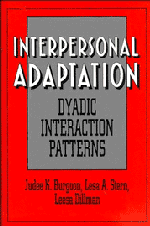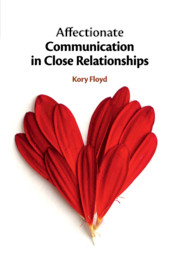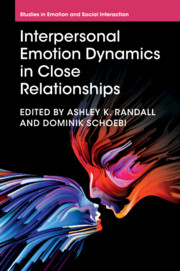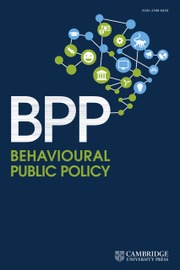Interpersonal Adaptation
When people communicate, they often adapt their interaction styles to one another. This highly interesting book examines the numerous ways in which people do this verbally and nonverbally. It reviews theories that try to explain and predict interaction patterns and examines issues involved in conducting this kind of research. It concludes with a proposed theory, Interaction Adaptation Theory, and considers how different interaction patterns can lead to positive or negative outcomes.
- Covers a wide range of topics
- First study of its kind to examine the interaction process
- Proposes a new theory the 'Interaction Adaptation Theory'
Product details
May 1996Hardback
9780521451208
356 pages
235 × 160 × 23 mm
0.608kg
11 b/w illus.
Available
Table of Contents
- List of figures and tables
- Preface
- Part I. Overview:
- 1. Introduction
- Part II. Interaction Adaptation Theories and Models:
- 2. Biological approaches
- 3. Arousal and affect approaches
- 4. Social norm approaches
- 5. Communication and cognitive approaches
- Part III. Issues in Studying Interaction Adaptation:
- 6. Reconceptualising interaction adaptation patterns
- 7. Operationalising adaptation patterns
- 8. Analysing adaptation patterns
- Part IV. Multimethod Tests of Reciprocity and Compensation:
- 9. A first illustration
- 10. Further illustrations
- Part V. Developing a New Interpersonal Adaptation Theory:
- 11. The theories revisited
- 12. A research agenda
- References
- Index.










